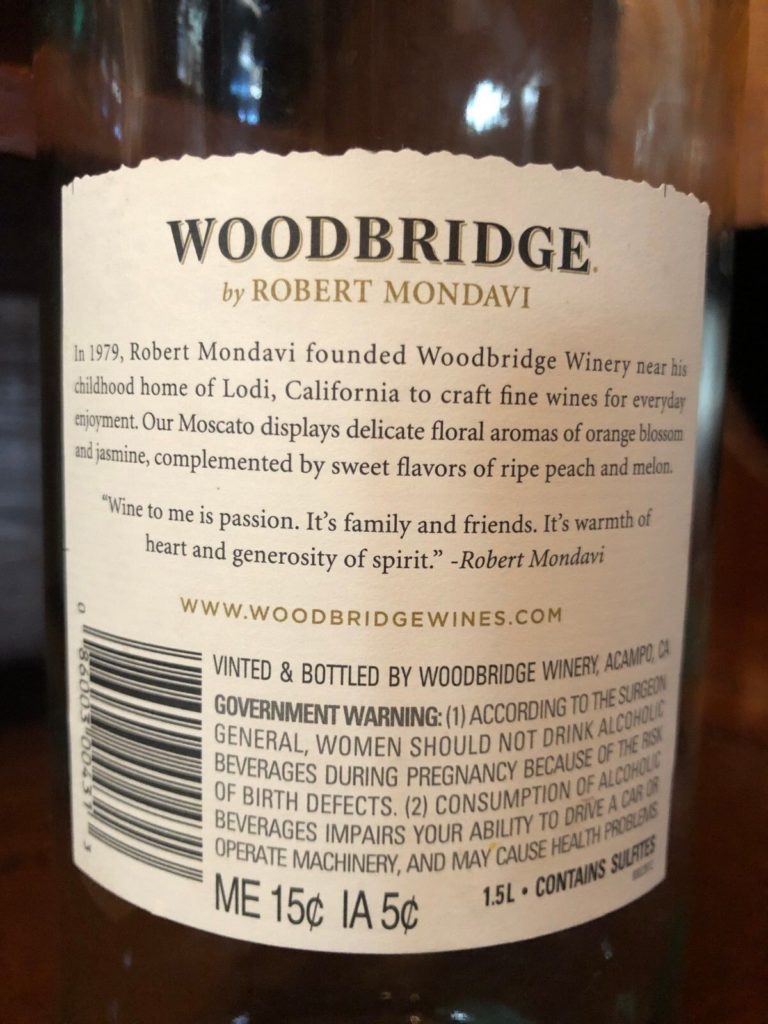Barcodes for Wine

Barcoding wine can sometimes be challenging due to the number of varieties and vintages. Similar to beer and alcohol ❮internal link❯, the identification and barcode marking for wine are often state regulated. Wine producers need to review both their delivery and distribution models to ascertain exactly what and how they need to barcode.
Are Barcodes Required for Wine?
There are many wineries that only sell from their location or directly to consumers through their membership program. Since these distribution models circumvent any point-of-sale scanning systems, they commonly do not require UPC barcodes for identification.

It is very common for wineries to not only sell direct but also have distribution through retail outlets. In these cases, each bottle needs to be identified with a GTIN (UPC) barcode.
With the advancement of mobile wine tracking applications, some wineries also voluntarily mark their individual wine bottles with GTINs so they can be tracked and identified in the applications (i.e. Vivino and CellarTracker).
Our GS1 Consultants Are Here to Help

In the 1990's, it was common for wineries to assign UPC product numbers with some schema (i.e. the first 2 digits are the type of varietal, one-digit format, and the last 2-digits represent the last two digits of the year). That practice has long been abandoned and we recommend to our winery clients that they arbitrarily assign the next available product number to each new release and format.
Our GS1 consultants are available to assist with the assignment of GTIN (UPC) product numbers.
Assistance With Colors and Location
Due to the small amount of real estate on wine labels, many companies make critical creative mistakes when placing their barcodes on the bottle.

Your assigned GS1 barcode consultant can assist with not only providing the optimal barcode location, as per the global standards, but also providing guidance on barcode sizing.
They also can provide directions on selecting the proper color for the bars and spaces of the barcode symbol. Although UPC barcodes do not have to be printed black on a white background, there are certain color combinations ❮link internal barcode color guide❯ that are problematic.
QR Codes on Wine Bottle Labels
We are now in the age of the "connected consumer". Both prospective shoppers and end-users are using their mobile phones to access rich content on product packaging. Unlike a UPC barcode, whose data resides only in a retailer's database, the QR code can encode a URL to a website controlled by the wine manufacturer.

This unique functionality enables wine manufacturers to directly connect with their end users.
With the help of the QR code ❮internal link gs1 digital link❯, a winery is not limited by the small amount of space on a label to tell its story. Wineries can provide videos, mail signups, pairing recommendations, and drink recommendations from a website linked to a QR Code.
GTINs - Barcodes - GTIN.cloud® - Personal Support
We Provide More Than Just Barcodes!
Access to GTIN.cloud® enables members to completely manage their GTIN assignments, create high-resolution barcodes, and control their associated product data.
More importantly, an assigned personal GS1 Barcode consultant will not only assist with any and all questions but will validate information BEFORE publishing.